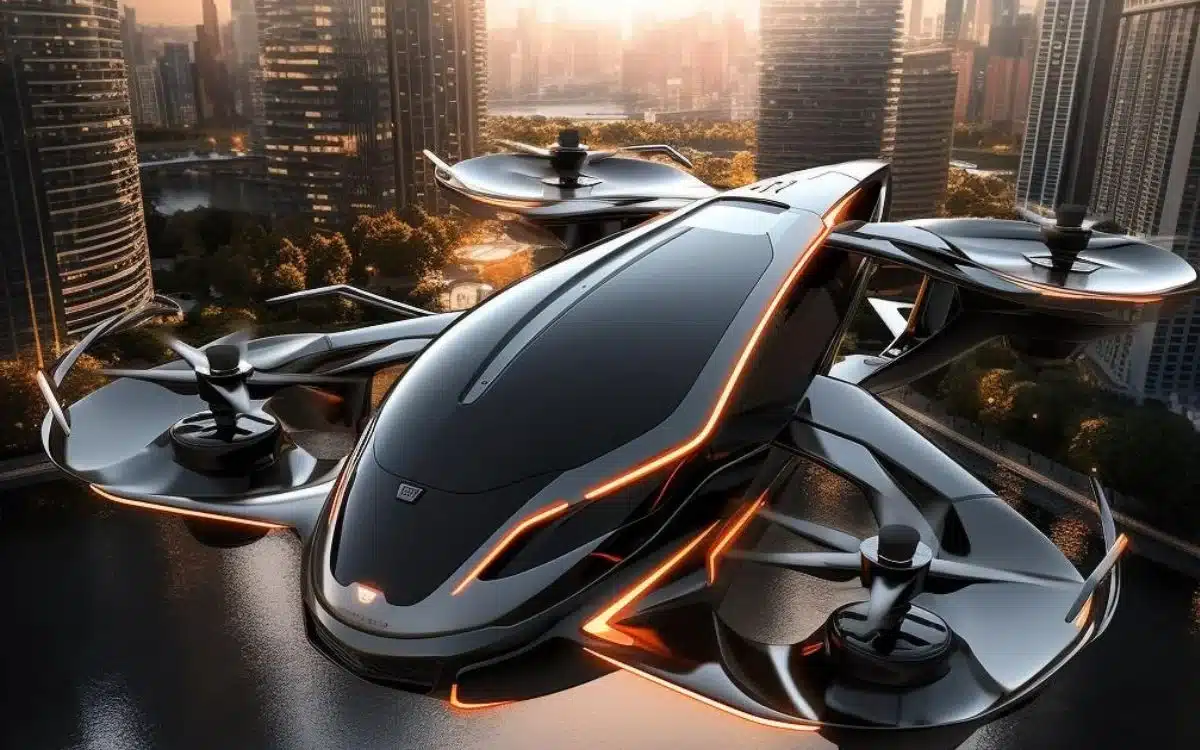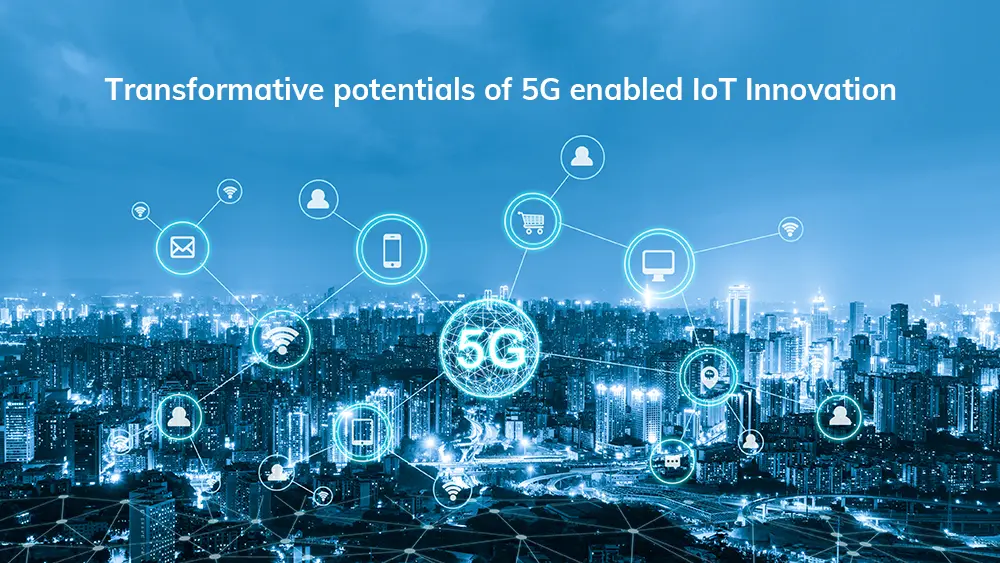justineanweiler.com – Flying cars, once considered the stuff of science fiction, are rapidly becoming a realistic part of our future. With advancements in technology, urban air mobility, and growing interest from major companies and governments, the dream of zipping through the skies in personal flying vehicles is closer than ever. But how feasible is this concept, and will flying cars really become a widespread mode of transportation? In this article, we explore the progress, challenges, and future of flying cars.
What is a Flying Car?
A flying car is a hybrid vehicle that can both drive on roads and fly through the air, typically requiring a combination of wings, rotors, and advanced propulsion systems. These vehicles are designed for short-range flights within cities or regions, offering a solution to traffic congestion and reducing travel time.
The term “flying car” encompasses a variety of technologies and designs, including:
- Vertical Takeoff and Landing (VTOL) vehicles, which can take off and land vertically like a helicopter.
- Electric Vertical Takeoff and Landing (eVTOL) vehicles, which are electrically powered, making them quieter and more sustainable.
- Fixed-wing designs that require a runway for takeoff but promise greater efficiency and range during flight.
Progress So Far: Flying Cars Today
The dream of flying cars has been pursued for decades, but recent technological advances in aviation, AI, and autonomous systems have brought this vision within reach. Several companies and startups are making significant strides in developing flying cars:
1. AeroMobil
AeroMobil, a Slovak company, is developing a flying car that can transform from a road vehicle into an aircraft within minutes. The company’s prototype, AeroMobil 4.0, features wings that fold when in driving mode and can fly at speeds of up to 160 mph. AeroMobil aims to provide a solution for intercity travel, offering a seamless transition from roads to air.
2. Terrafugia
Owned by Geely, the parent company of Volvo, Terrafugia is developing a roadable aircraft called the Transition. This hybrid-electric vehicle is capable of driving on roads and taking off from a small airstrip. Terrafugia envisions a future where flying cars are part of everyday commuting, blending air travel with personal transportation.
3. Joby Aviation
Joby Aviation is a leading player in the eVTOL space, focusing on developing an electric-powered vertical takeoff and landing vehicle. Joby’s flying car prototype has completed extensive testing, demonstrating its potential for urban air mobility. With backing from Uber and other investors, Joby is aiming to launch an aerial ride-hailing service in the coming years.
4. PAL-V
The PAL-V Liberty, developed by a Dutch company, is a flying car that uses a gyrocopter design. It has already received certification to operate in European and American skies, making it one of the first flying cars close to commercial availability. The PAL-V Liberty is designed for personal travel, with a range of around 100 miles in flight mode.
Benefits of Flying Cars
The adoption of flying cars could bring several significant benefits:
1. Reduced Traffic Congestion
One of the primary motivations behind flying cars is to alleviate urban traffic congestion. By taking to the skies, flying cars could bypass road traffic, reducing commute times and making urban travel more efficient.
2. Increased Mobility
Flying cars have the potential to revolutionize mobility, especially in areas with limited road infrastructure. In remote or rural regions, flying cars could provide faster and more direct routes, improving access to essential services and economic opportunities.
3. Sustainability
Many flying car developers are focusing on electric propulsion systems, which are more environmentally friendly than traditional fuel-powered vehicles. The shift toward eVTOLs aligns with the broader push for greener transportation solutions.
4. Emergency Services
Flying cars could also play a critical role in emergency services. Ambulances or first responders equipped with flying vehicles could reach accident scenes, disaster areas, or isolated regions much faster than conventional ground vehicles.
Challenges and Barriers to Widespread Adoption
While the concept of flying cars is exciting, several significant challenges must be addressed before they become a common mode of transportation:
1. Regulatory and Air Traffic Management
One of the biggest hurdles is the regulatory framework needed to integrate flying cars into existing airspace. Flying cars will need to operate safely alongside planes, helicopters, and drones, requiring a sophisticated air traffic management system to prevent accidents and ensure efficient air travel.
2. Safety and Reliability
Safety remains a paramount concern. Developers must ensure that flying cars are reliable and capable of handling a variety of weather conditions and emergency scenarios. Additionally, the public will need to trust that flying cars are safe to use on a regular basis, both in the air and on the road.
3. Infrastructure
Flying cars will require new infrastructure for takeoff, landing, and recharging or refueling. Urban areas may need to build “vertiports” — specialized stations for flying vehicles to land and take off — and design roads that accommodate vehicles capable of both driving and flying.
4. Cost
Flying cars are currently expensive to develop and produce, making them inaccessible to the average consumer. For flying cars to become a mass-market product, costs must be reduced through economies of scale and advancements in manufacturing technology.
5. Public Acceptance
Widespread adoption of flying cars will depend on public acceptance. People will need to overcome fears about flying in smaller, autonomous vehicles and become comfortable with the idea of sharing the skies with hundreds of flying cars.
The Road Ahead: Will Flying Cars Become Reality?
Flying cars are no longer a distant dream but a fast-approaching reality. Companies around the world are working to overcome technical, regulatory, and infrastructural challenges to bring flying cars to market within the next decade. The future of flying cars lies in the successful integration of autonomous systems, electric propulsion, and new air traffic management solutions.
While flying cars may initially be limited to specific uses like aerial ride-sharing, emergency services, or luxury transport, their potential to reshape urban mobility and transportation is undeniable. With the right regulations, infrastructure, and technological advancements, flying cars could transform the way we move in and between cities, reducing congestion, shortening travel times, and offering a new frontier for personal mobility.
Conclusion
The concept of flying cars has evolved from science fiction into an emerging technology poised to revolutionize transportation. Though challenges remain, flying cars are closer to reality than ever before. As developers refine their designs and address the obstacles of regulation, infrastructure, and cost, we may soon witness the dawn of a new era in mobility — one where the skies are not just for planes but for everyday commuters as well. The question is no longer if we will have flying cars, but when they will take to the skies.





